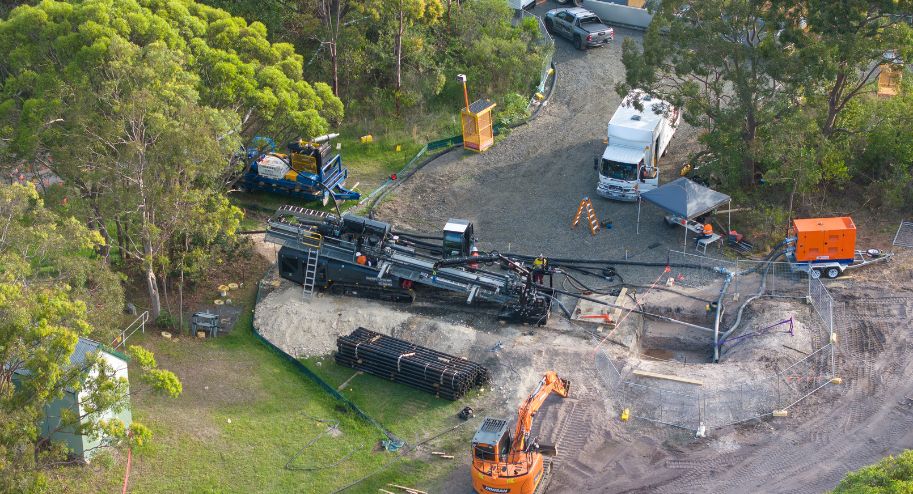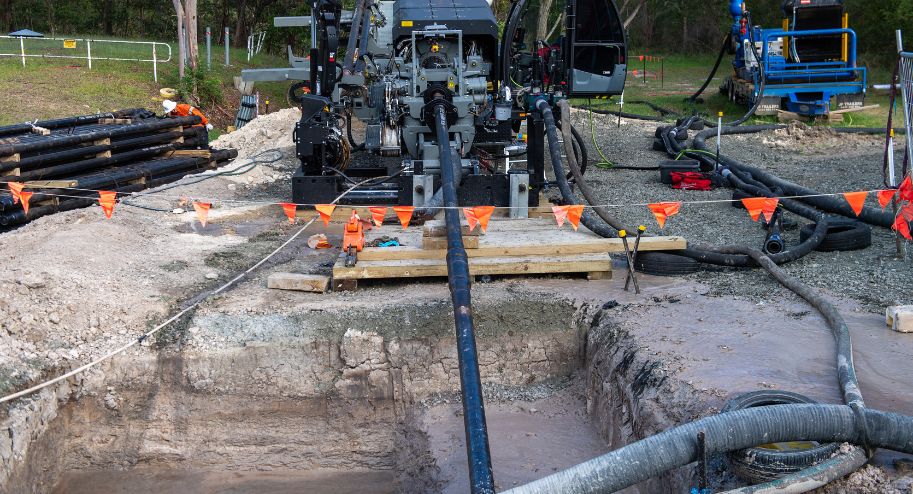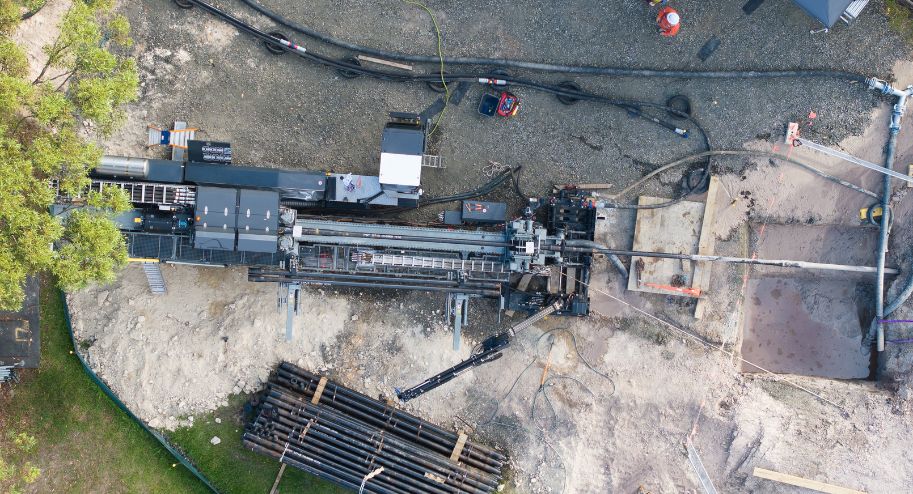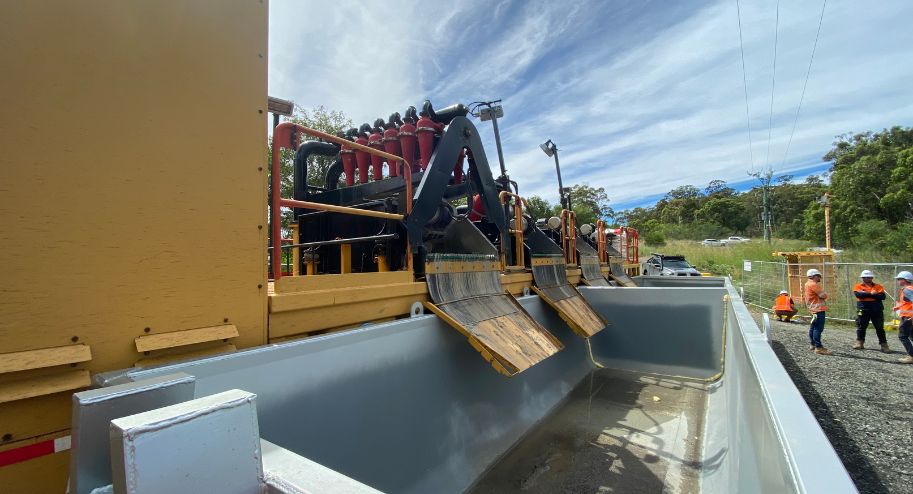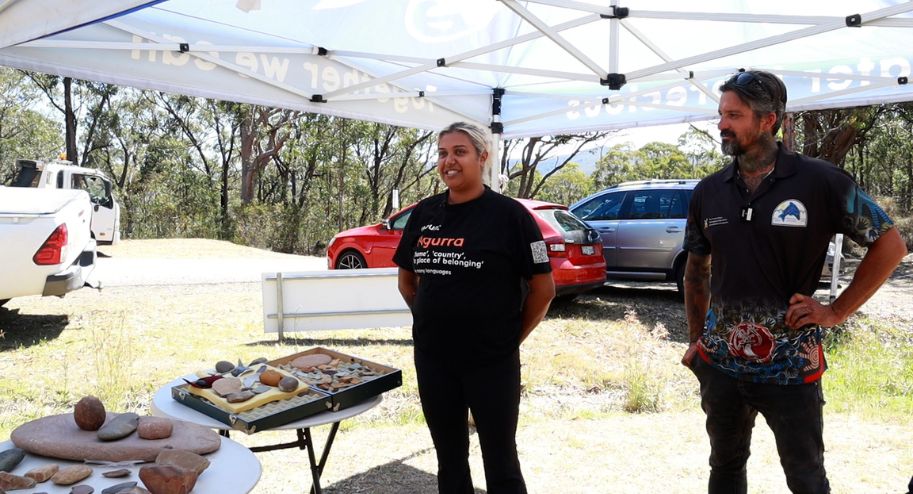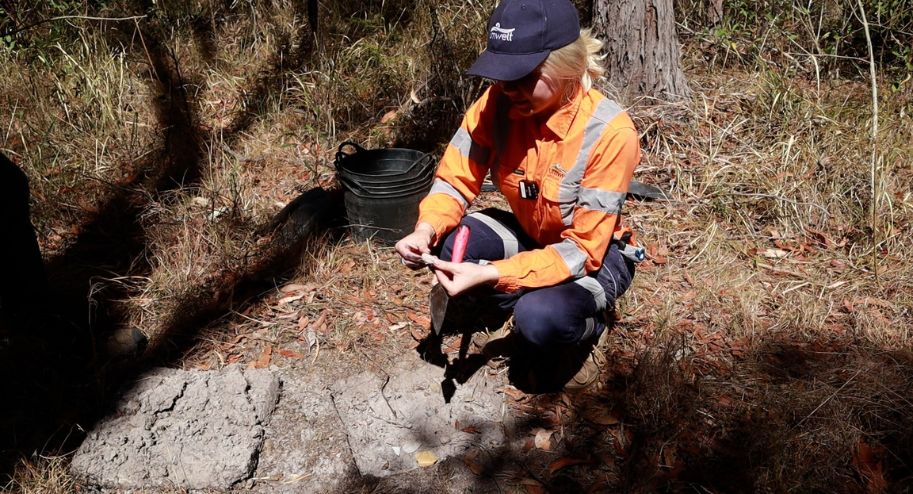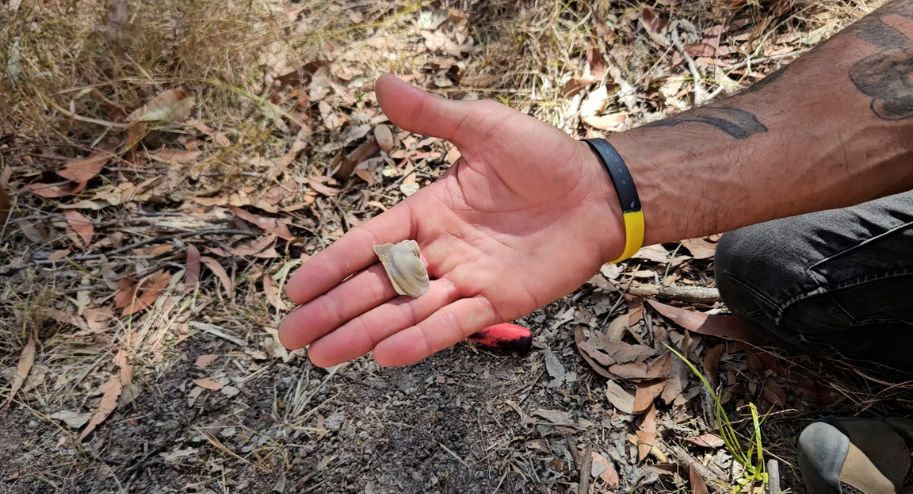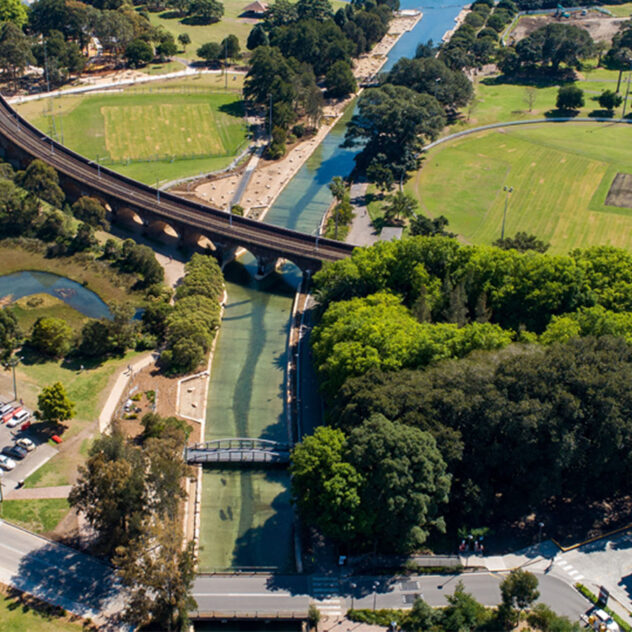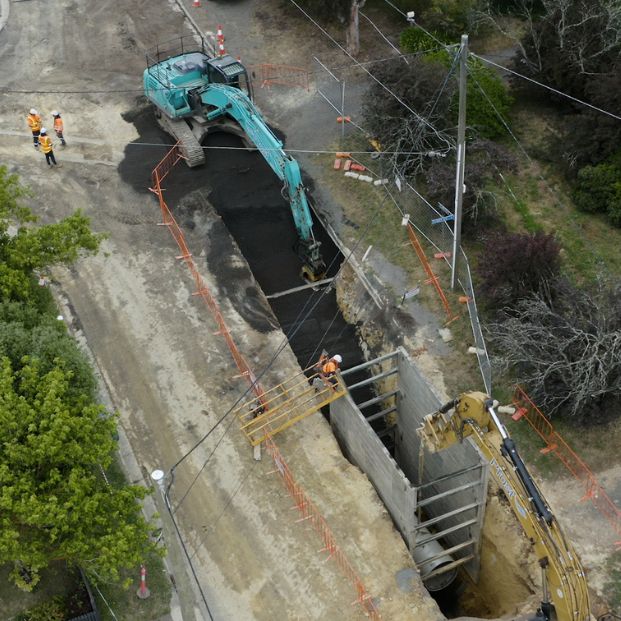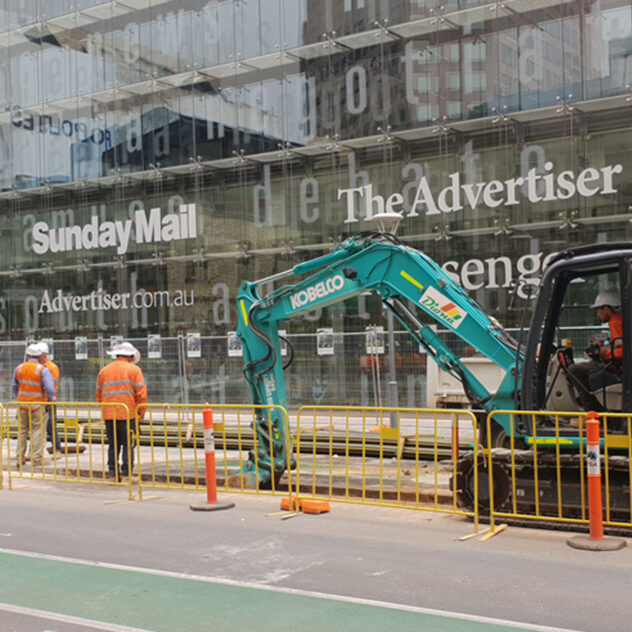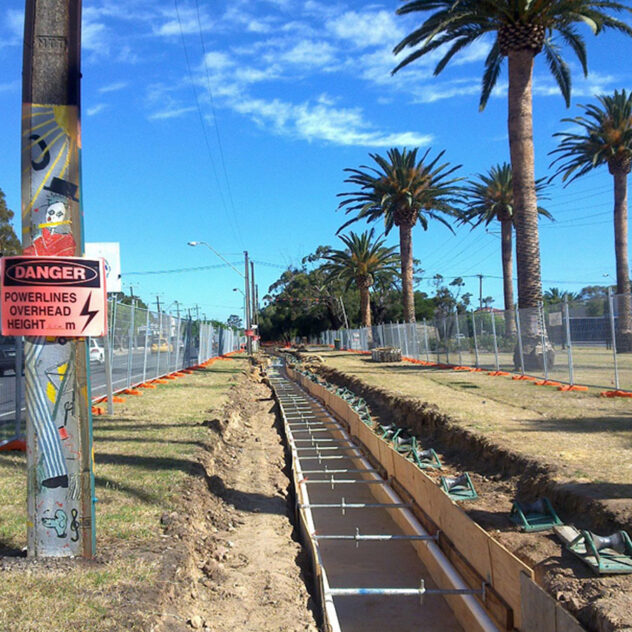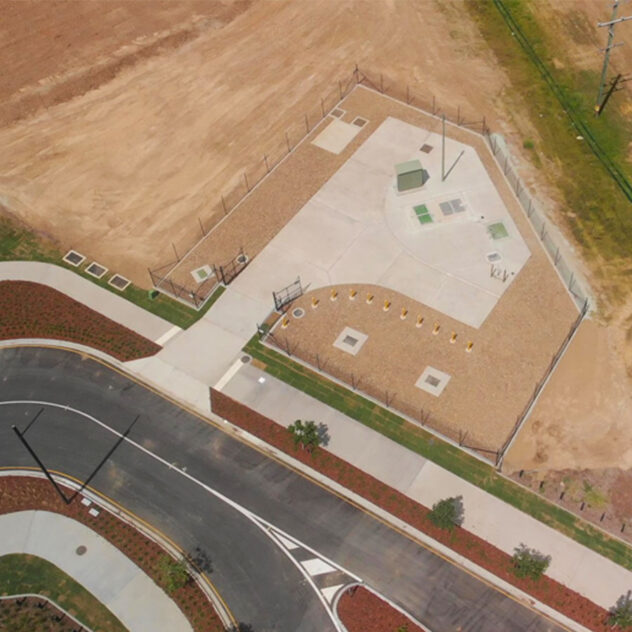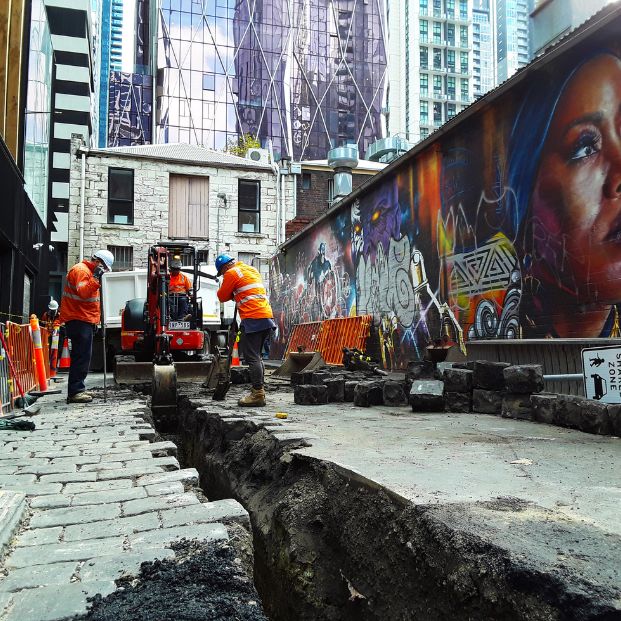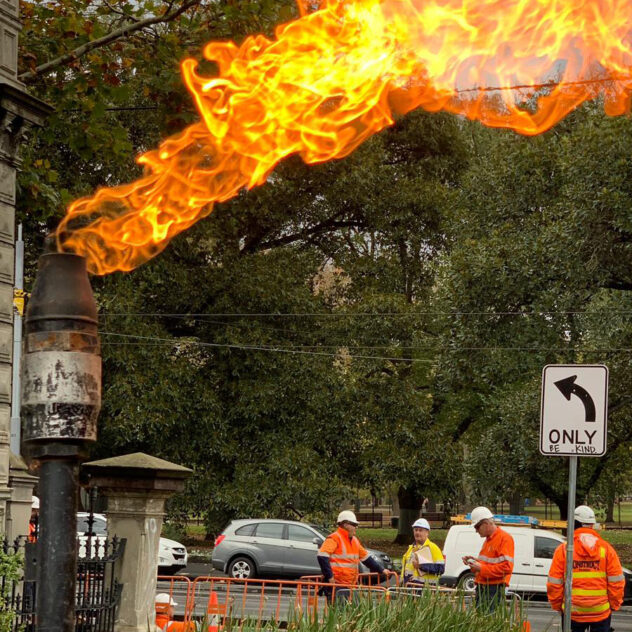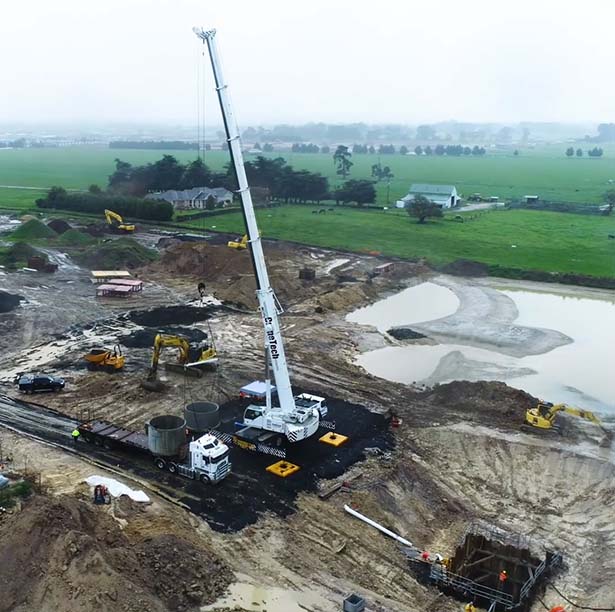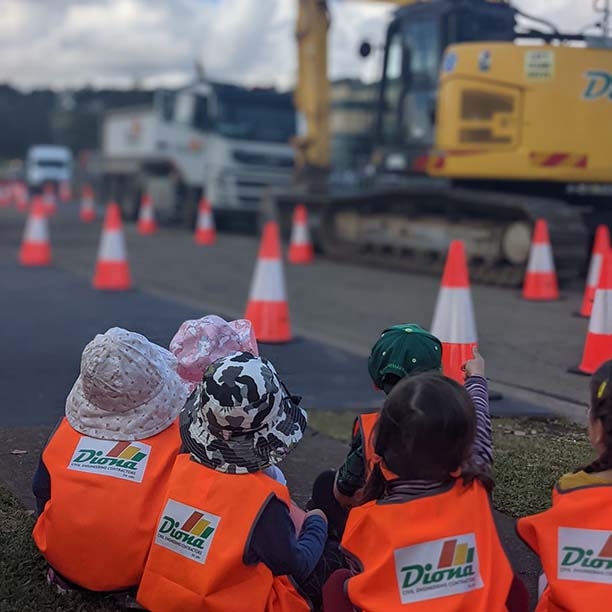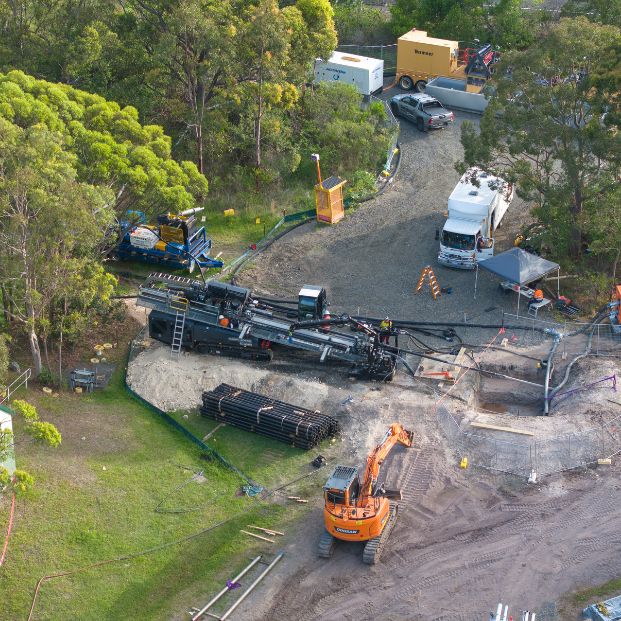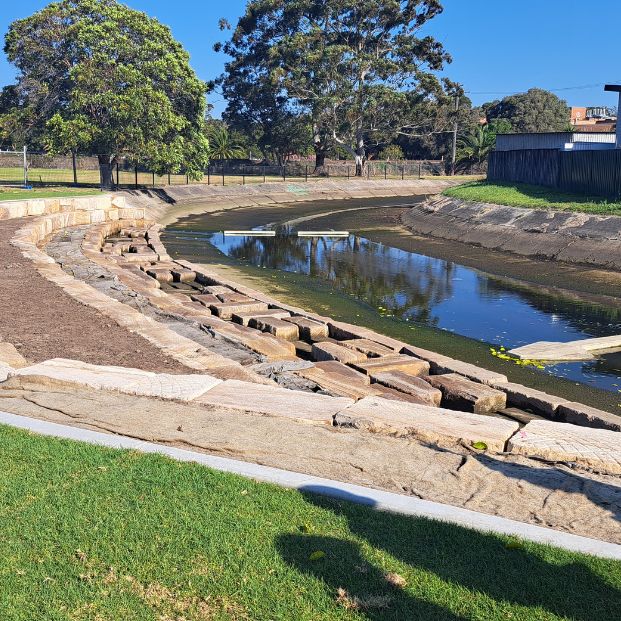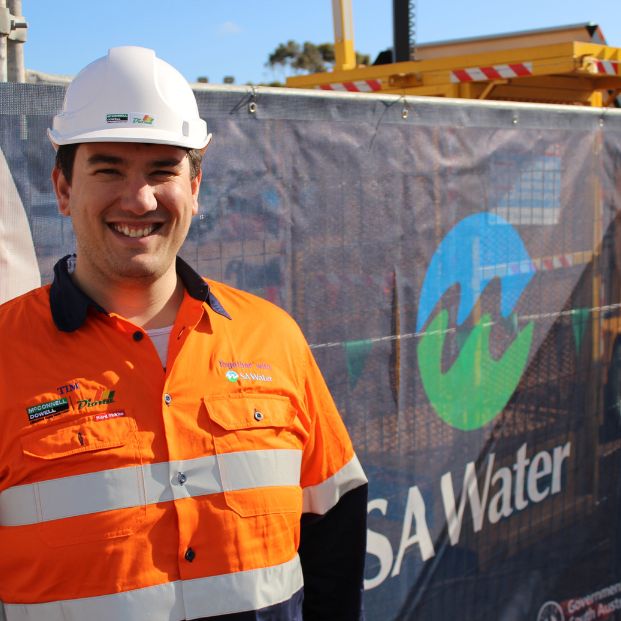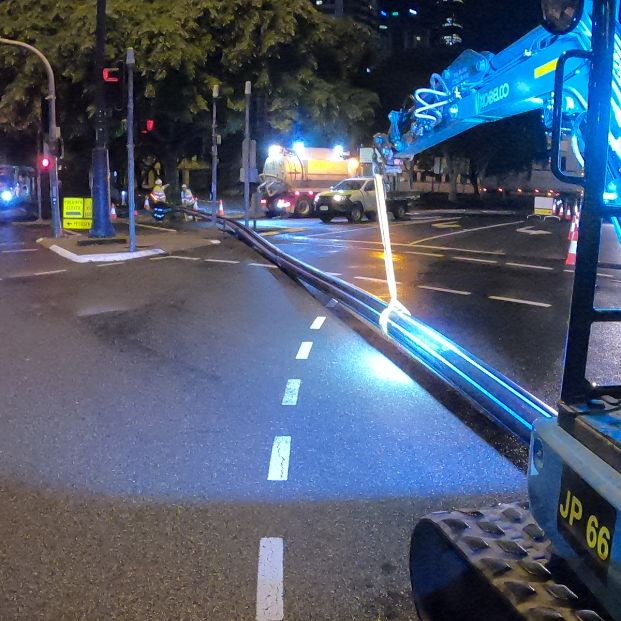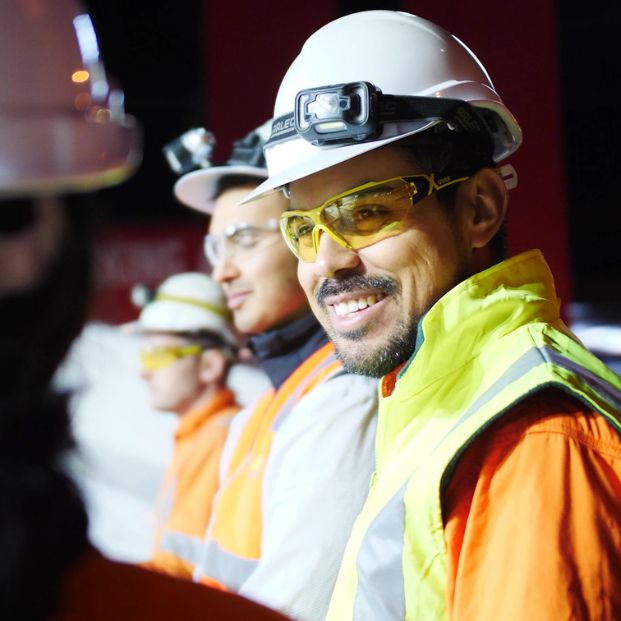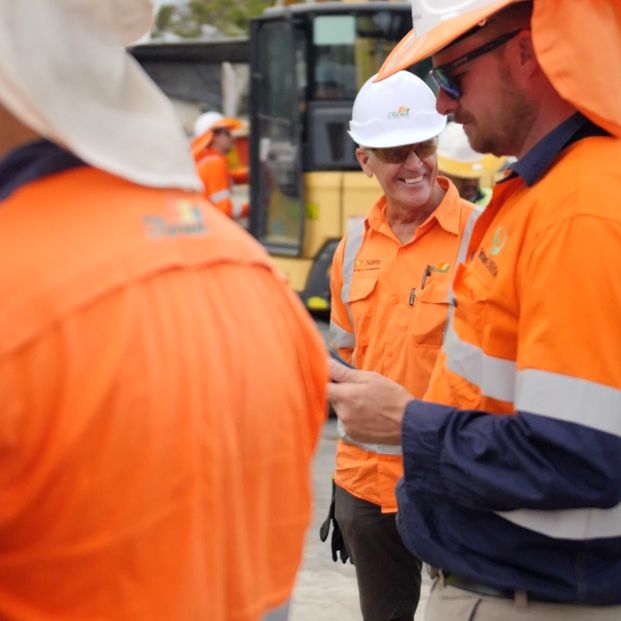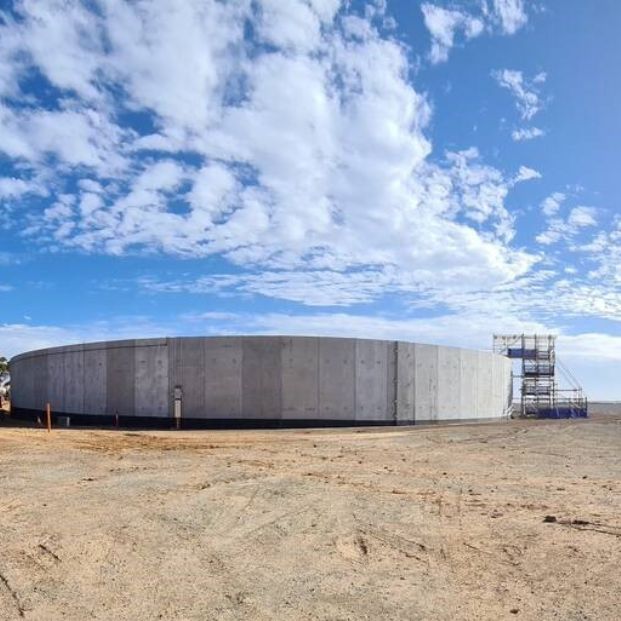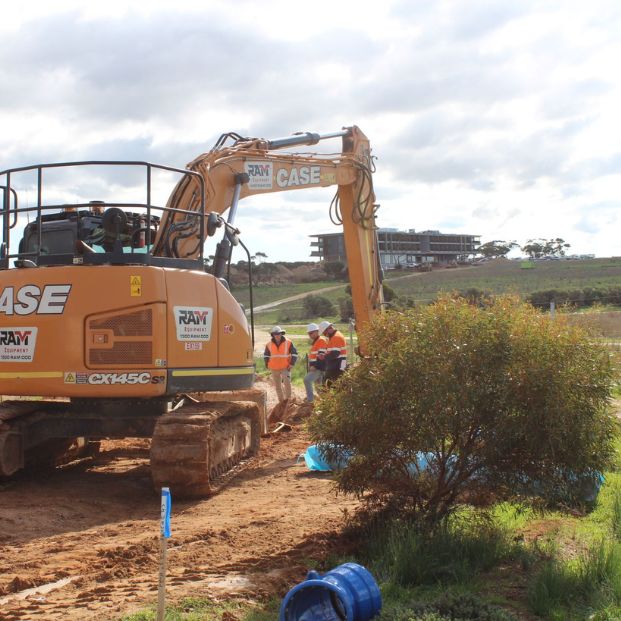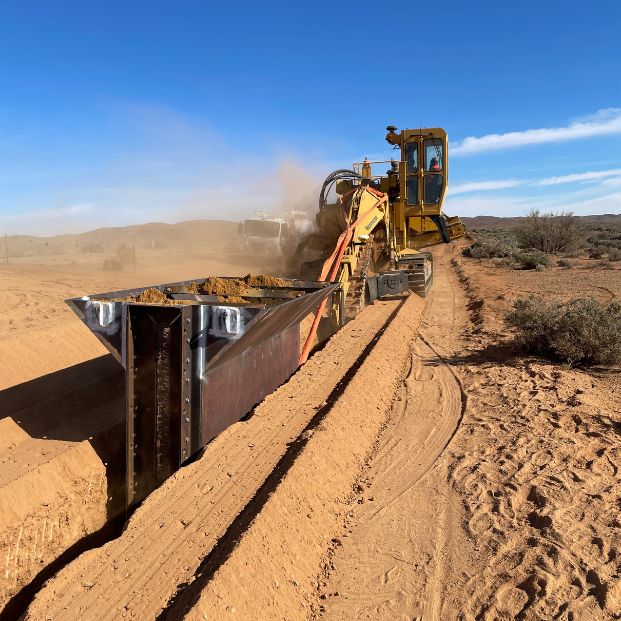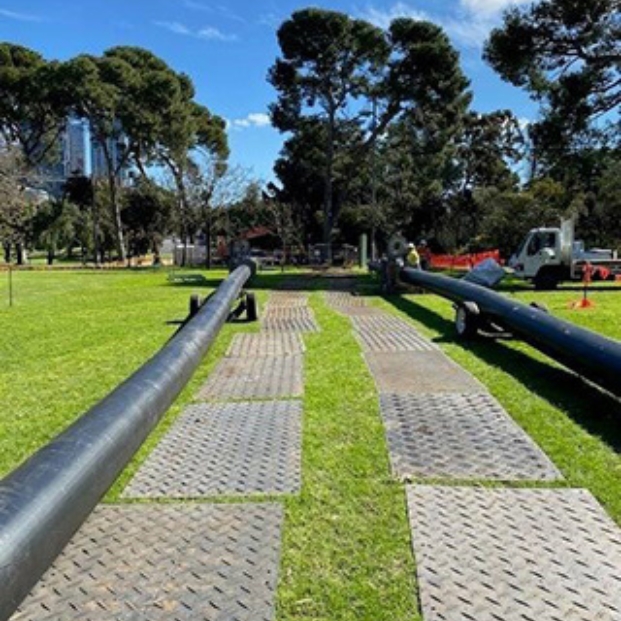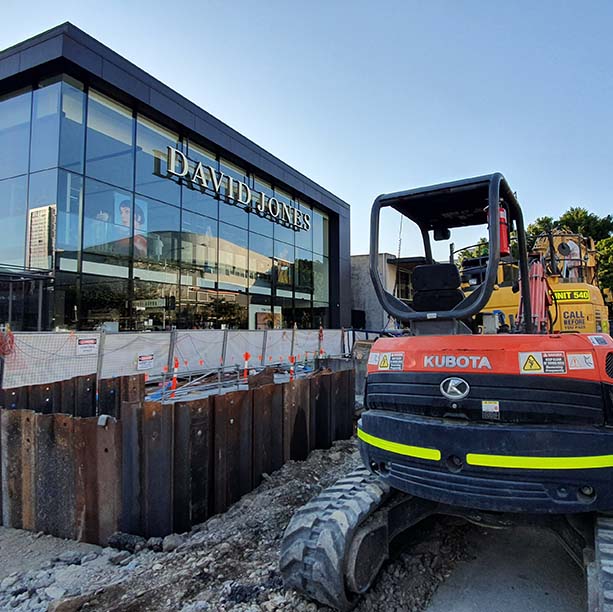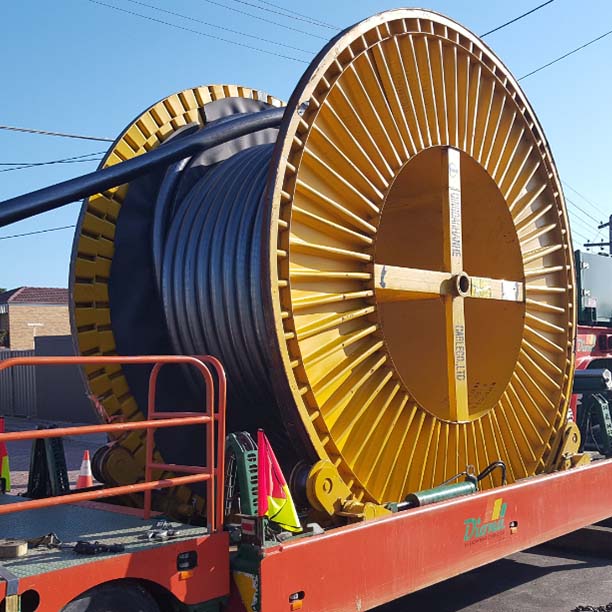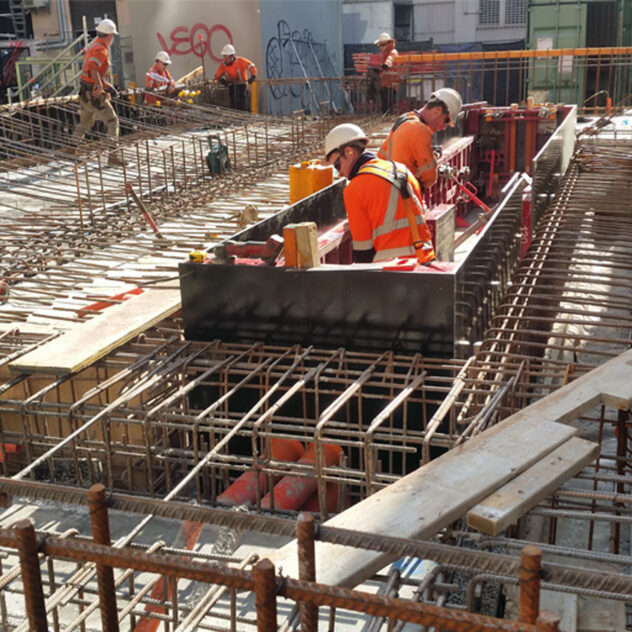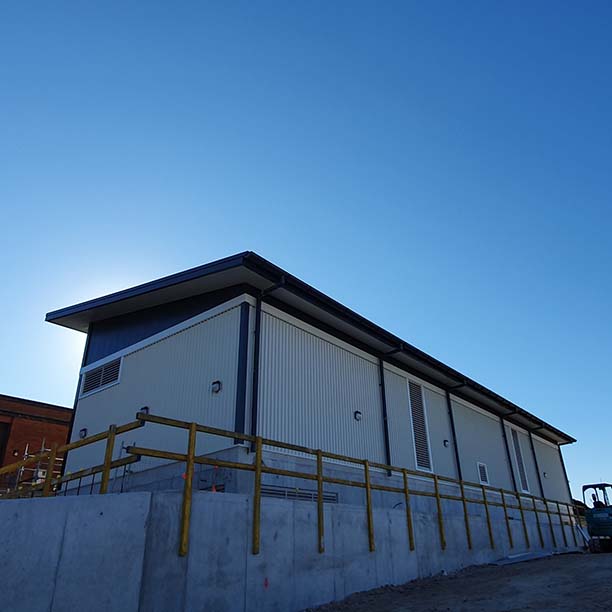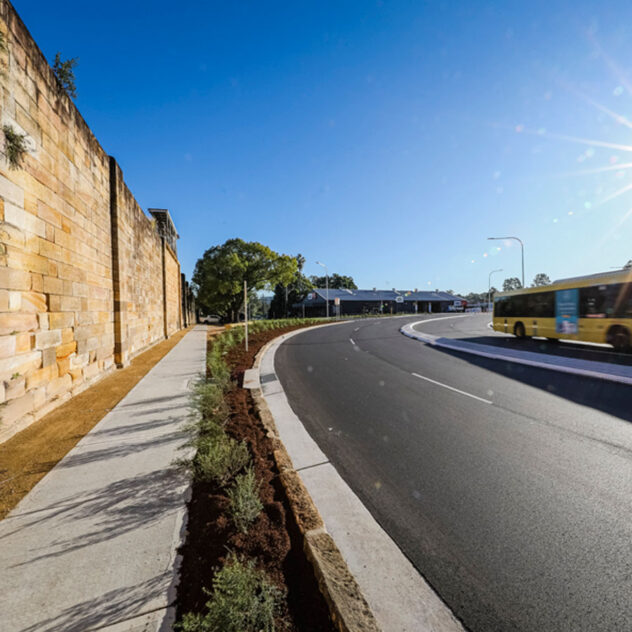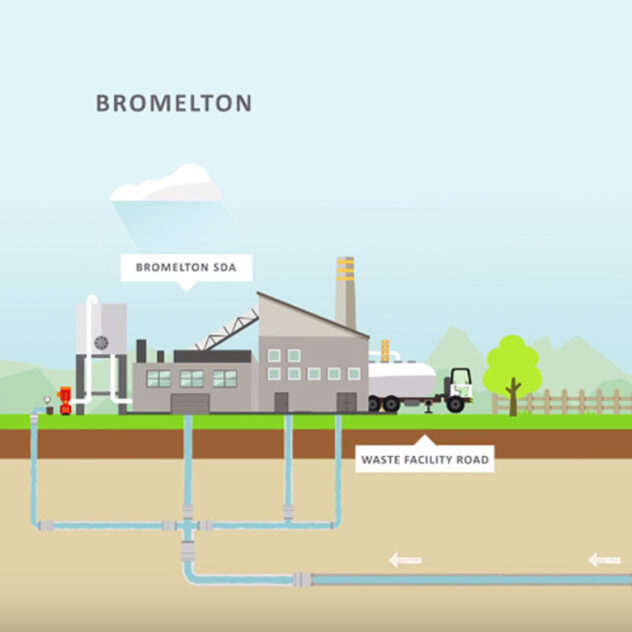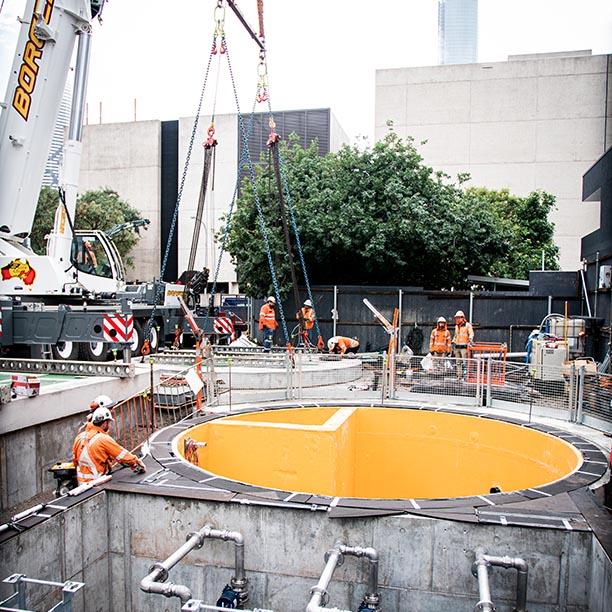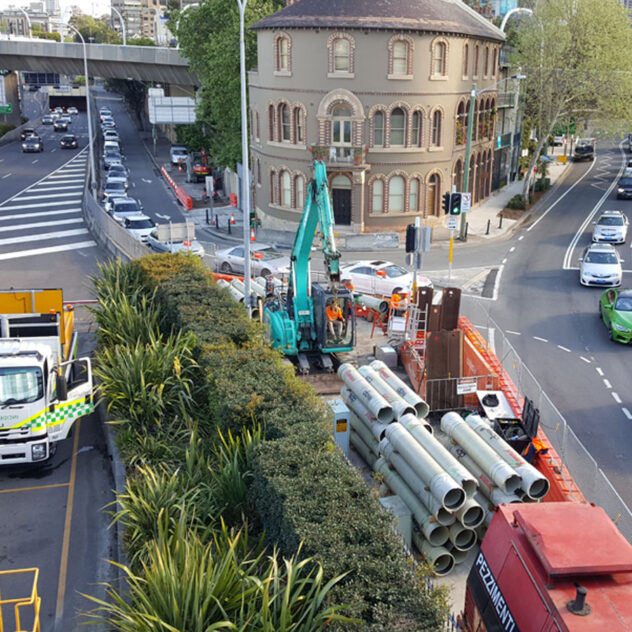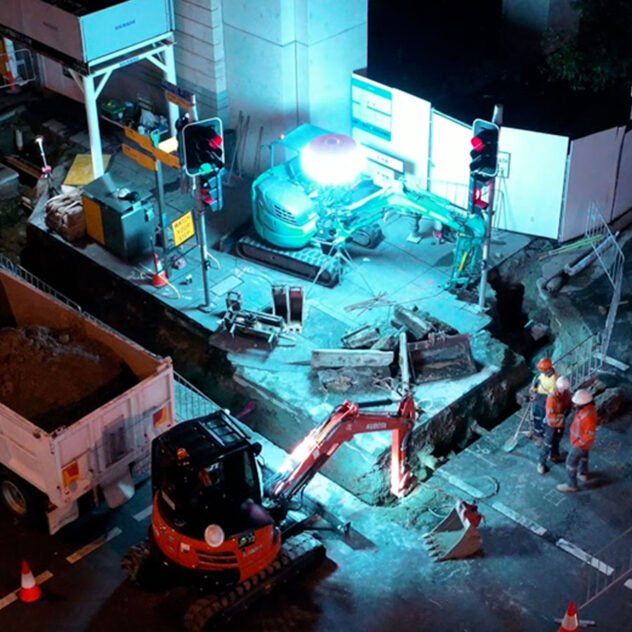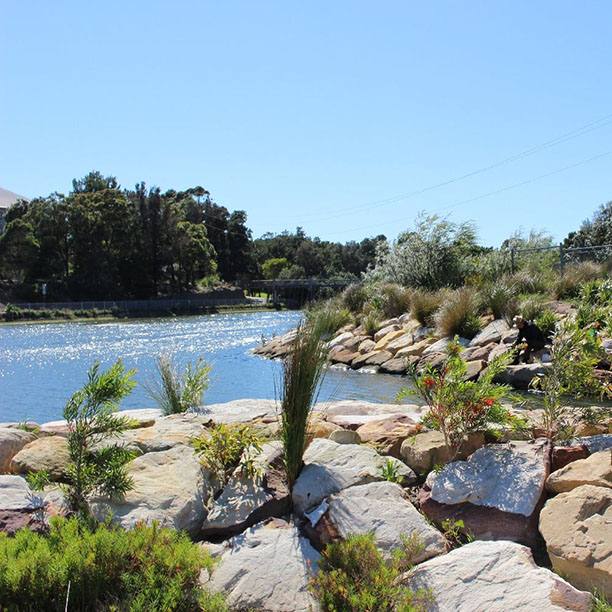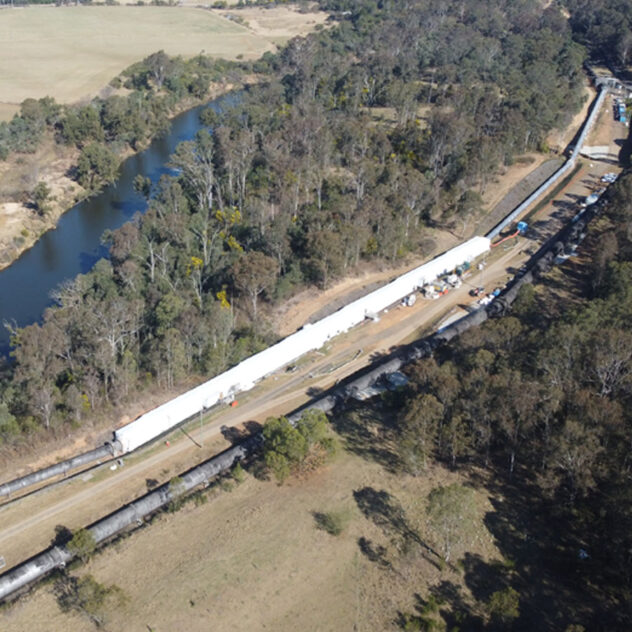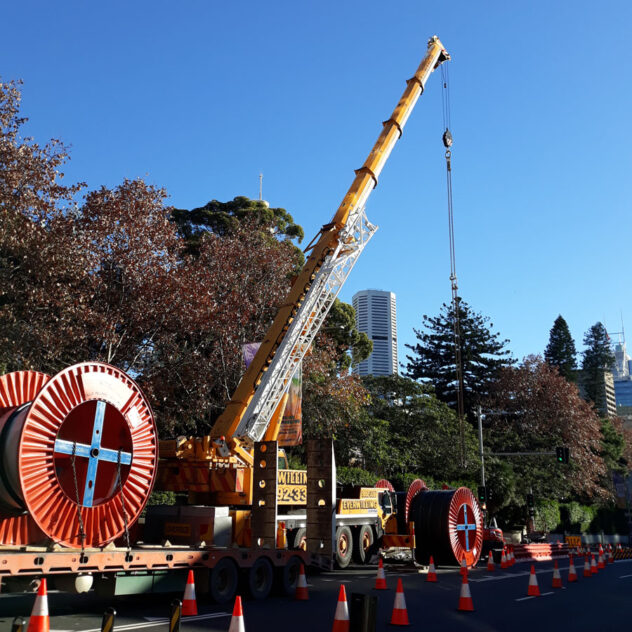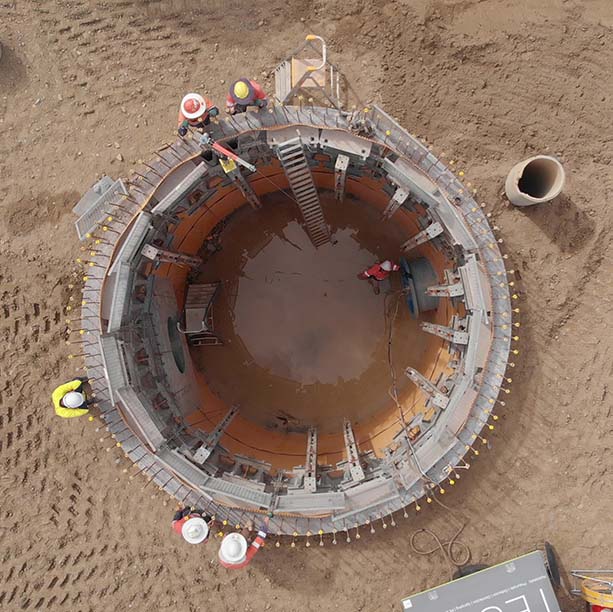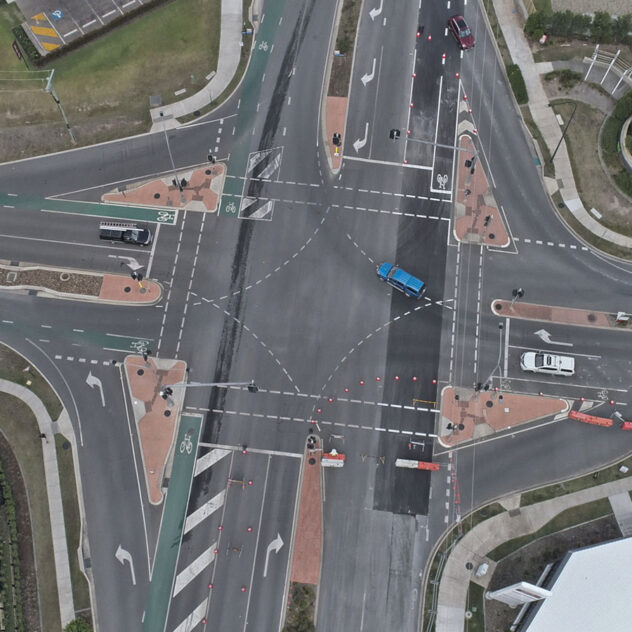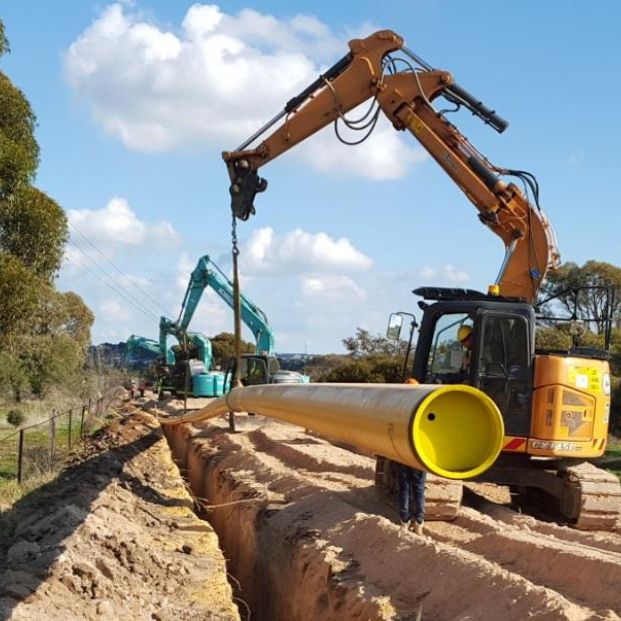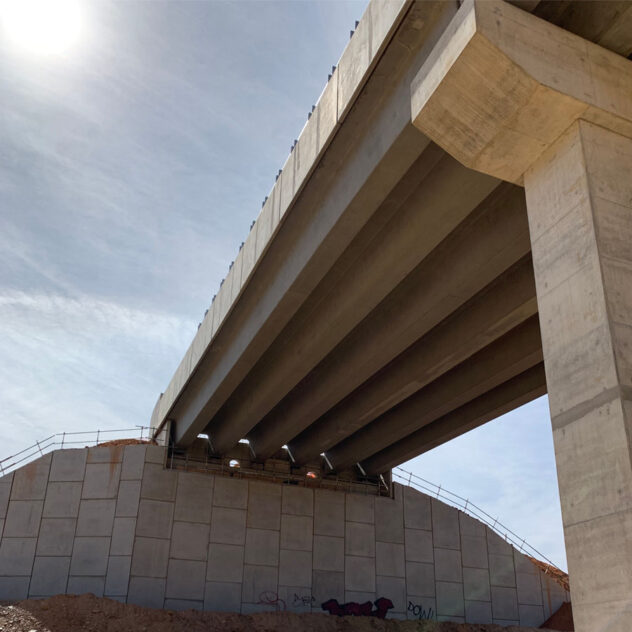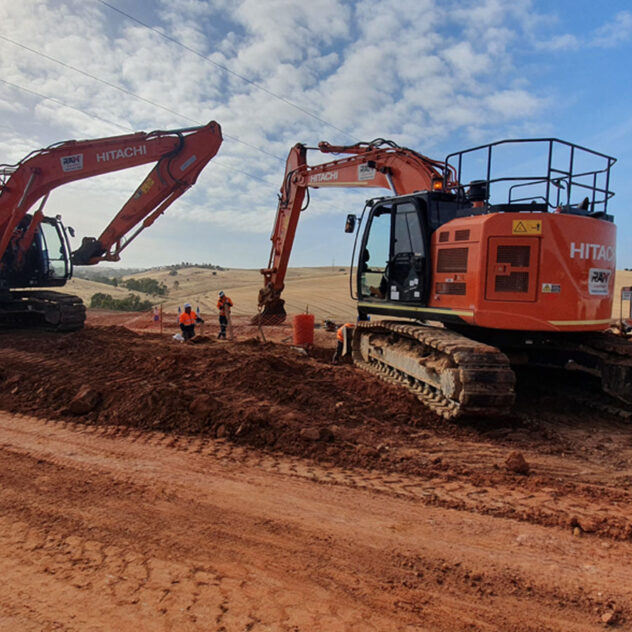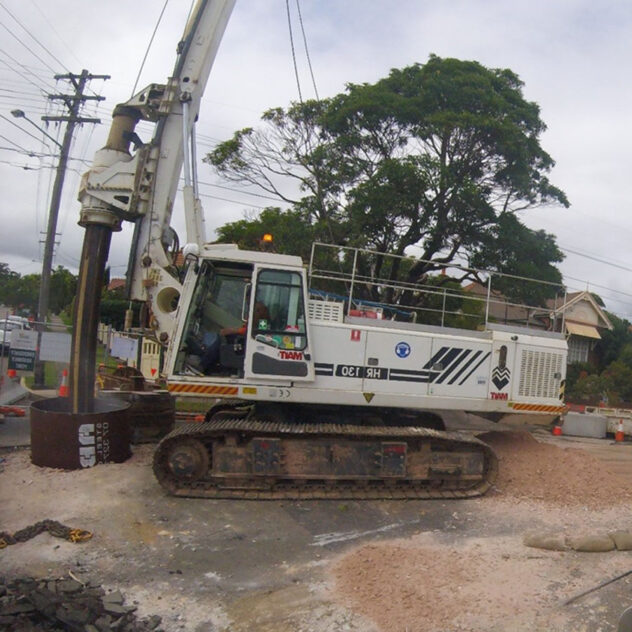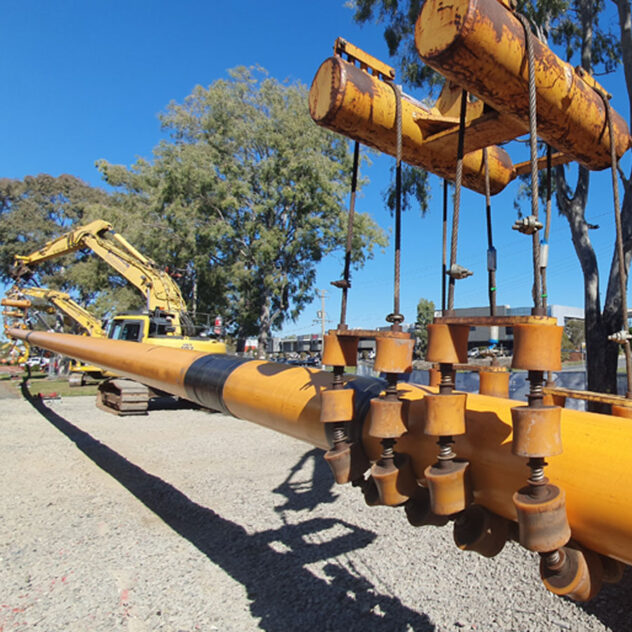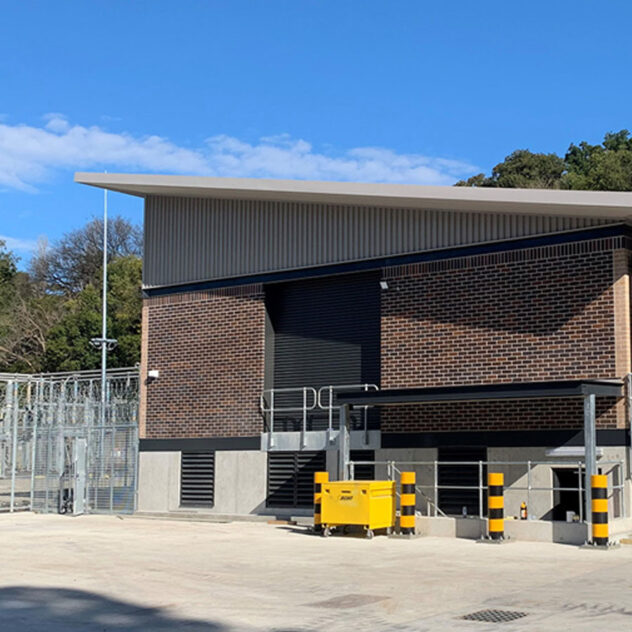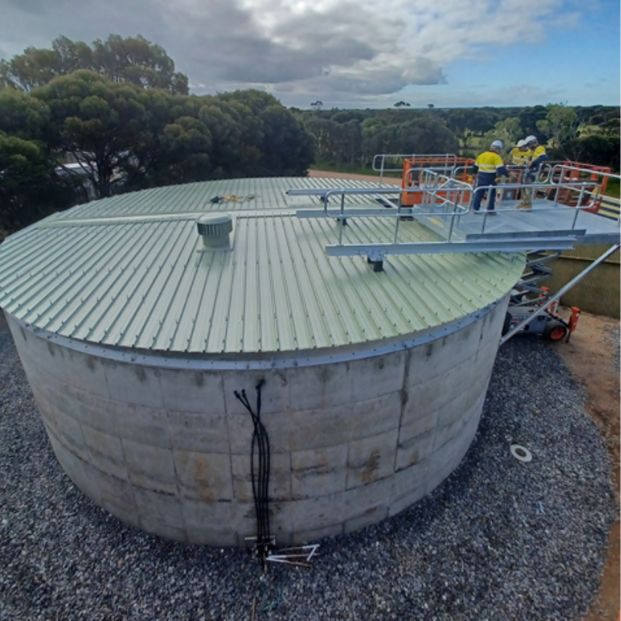Sustainable Water Solutions
The Cameron Park Reservoir project embodies a holistic approach to addressing the growing demands of the community, incorporating detailed design and construction endeavors focused on enhancing water infrastructure.
Project Overview
In collaboration with Hunter Water, this project involves detailed design and construction of a 3.25ML reservoir in Cameron Park. This initiative is a part of a continuous effort to accommodate the growing population’s demands and enhance service delivery across the region.
Project Need
The rapid population growth in the area requires an increase in water capacity. The new reservoir is crucial for meeting this rising demand, ensuring the community has consistent and reliable access to water.
Project Solution
The project includes a range of activities including establishing a 3.25ML reservoir with a fully equipped pumping station, complete with reservoir mixing, chlorine tablet dosing, and monitoring equipment. A key component is the implementation of horizontal directional drilling over a 400m stretch, which connected the new reservoir to the existing water pipe at West Wallsend 1 Reservoir. The scope also involved laying 1500m of Open Trench OD560 SDR11 piping through a Fire Trail, and the 100m DN450 pipeline to road reservoir at Cameron Park Drive for the future Minmi connection.
Additionally, the project encompasses setup of a high voltage power supply from Cameron Park Drive to the reservoir and the installation of a pressure reducing valve in an existing pipe at Robertson Street. Provisions for site access were made through a new road off George Booth Drive, complementing the demolition of the West Wallsend 1 and 2 Water Pumping Stations and the decommissioning of the West Wallsend Reservoir. Demonstrating a commitment to environmental responsibility, the project includes the relocation of Black-Eyed Susan plants.
Value Add | Benefit
Cultural and Environmental Considerations
In alignment with cultural respect and environmental sustainability, Diona and Hunter Water engaged in an Aboriginal Heritage Induction conducted by the Awabakal Local Aboriginal Land Council. This induction highlighted the cultural significance of the area, providing insights into potential artefacts and environmental preservation. A video of this induction has been integrated into the project and internal training processes for Hunter Water.
Community Development
The new reservoir will significantly bolster the water infrastructure, ensuring the community’s needs are met as the population grows.
Environmental Responsibility
An important environmental aspect of the Cameron Park Reservoir project was moving the Black-Eyed Susan Plants to a new location. This step shows our dedication to protecting local plants and keeping the natural environment balanced. We’re making sure that building the reservoir doesn’t harm these plants, which are important for the area’s ecosystem. This move is part of our bigger goal to be environmentally responsible and sustainable in our work.
Innovation and Education
The filming and integration of the Aboriginal Heritage Induction into the project’s training material signifies an innovative approach to cultural education and awareness.
ESG Alignment
The project demonstrates a commitment to environmental sustainability through various measures, such as relocating Black-Eyed Susan plants to preserve local biodiversity and minimize the impact on the ecosystem. Additionally, the use of innovative construction techniques, such as horizontal directional drilling, minimises disruption to the environment. These actions showcase a proactive approach to mitigating environmental risks and promoting eco-friendly practices.
The project positively impacts the community by addressing the need for reliable access to clean water, especially in the face of rapid population growth. By bolstering water infrastructure, the reservoir enhances the quality of life for residents, ensuring they have a fundamental resource for daily activities, health, and hygiene. Furthermore, the engagement with the Awabakal Local Aboriginal Land Council and integration of cultural education demonstrate respect for indigenous heritage and foster social cohesion.
The construction of the reservoir aims to enhance water infrastructure, ensuring consistent and reliable access to clean water for the growing population in the region. This directly contributes to achieving universal access to safe and affordable drinking water (Target 6.1) and improving water quality (Target 6.3).
Building the reservoir addresses the need for sustainable urban development by providing essential water infrastructure to support the growing population. This contributes to making cities inclusive, safe, resilient, and sustainable (Target 11.1).
The project’s environmental considerations, including the relocation of Black-Eyed Susan plants and engagement with Aboriginal heritage, demonstrate a commitment to environmental sustainability and biodiversity conservation. This aligns with the goal of protecting, restoring, and promoting sustainable use of terrestrial ecosystems (Target 15.1).
Collaboration between Diona, Hunter Water, and the Awabakal Local Aboriginal Land Council exemplifies the importance of partnerships in achieving sustainable development. By engaging stakeholders from various sectors, the project fosters partnerships for sustainable development (Target 17.16).
